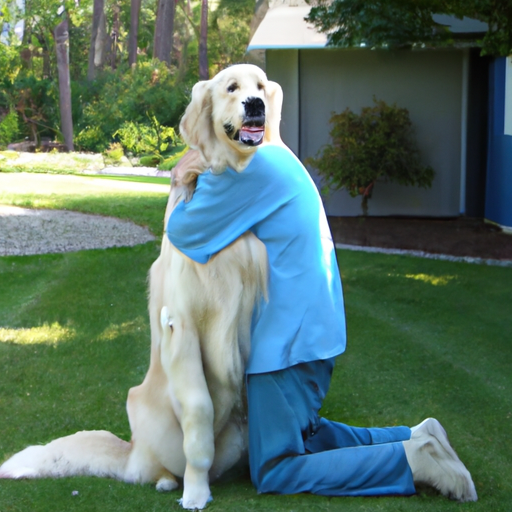As a responsible pet owner, it’s essential to understand how to correct unwanted behaviors in your dog. The term “punishment” here is not about causing harm or distress, but about teaching your pooch what’s acceptable and what’s not in a loving and effective manner. In this guide, we’ll explore eight key steps to take when disciplining your dog.
1. Understand the Meaning of ‘Punishment’
When we talk about ‘punishing’ a dog, it’s not about causing physical harm or distress. This method is about training and teaching your dog right behaviours. It’s crucial to understand that dogs don’t inherently know right from wrong; they learn from their interactions with their environment and their caregivers.
2. Timing is Crucial
The timing of your response is crucial in dog training. Dogs live in the moment, so it’s important to respond immediately to the bad behavior. If you wait too long, your dog won’t make the connection between the action and the consequence.
3. Use Corrective Language, Not Aggression
When your dog misbehaves, respond with a firm, corrective language. Shouting or physical aggression will only scare your dog and can lead to more behavioral problems. A firm “No!” or “Bad dog!” is usually enough to get your message across.
4. Distract and Redirect
One effective way to discipline your dog is to distract them from the bad behavior and redirect their attention to something positive. This method is particularly useful for behaviors like chewing or barking.
5. Use Time-Outs
Just like with kids, a time-out can be an effective punishment for dogs. If your dog is behaving badly, remove them from the situation for a few minutes. This will give them time to calm down and break the cycle of bad behavior.
6. Be Consistent
Consistency is key when it comes to training your dog. If you let your dog get away with a behavior sometimes, but not others, they’ll get confused and won’t learn the rules. Make sure you’re consistent with your rules and consequences.
7. Positive Reinforcement
Remember, punishment should always be balanced with positive reinforcement. When your dog behaves well, reward them with treats, praises, or extra playtime. This will encourage good behavior and help your dog understand what is expected of them.
8. Consult a Professional
If your dog’s bad behavior continues despite your efforts, it may be time to consult a professional dog trainer. They can help you understand why your dog is behaving this way and provide personalized training strategies.
Frequently Asked Questions
Is it ever okay to physically punish my dog?
No, physical punishment is not acceptable. It can harm your dog and can lead to more behavioral problems, including aggression.
My dog keeps misbehaving, even though I’ve tried all of these methods, what should I do?
If your dog continues to misbehave, it may be time to consult a professional dog trainer. They can provide personalized advice and strategies based on your dog’s specific needs.
How can I use positive reinforcement effectively?
Positive reinforcement involves rewarding your dog when they behave well. This can be with treats, praises, or extra playtime. The key is to make the reward immediate, so your dog makes the connection between the good behavior and the reward.
What should I do if my dog is aggressive?
If your dog is showing signs of aggression, it’s important to seek help from a professional immediately. Aggression can be a serious issue and needs to be addressed by a professional to ensure the safety of both you and your dog.



